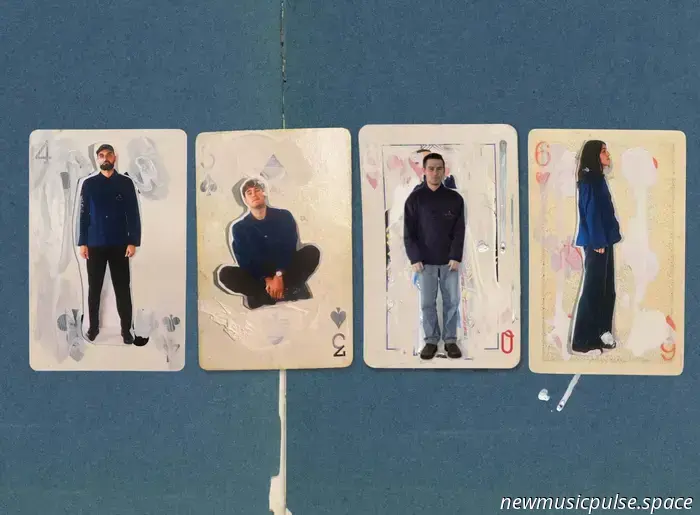
Presenting a new interpretation of the rock classic...
Bonneville has released an uplifting rendition of Led Zeppelin's "Ten Years Gone."
The band is deeply rooted in rock history, showcasing a love for classic guitars and the ability to evoke the sounds of past decades. Rich in the essence of vintage Southern rock and soul, Bonneville's upcoming album, "Hold For Room Tone," progresses their narrative.
This new record marks a fresh chapter for the band, while still honoring their roots. Core members Jeff Hayashi and Wes McGee, both devoted Led Zeppelin fans, chose to include a rare cover on the album.
Originally featured on Led Zeppelin's album "Physical Graffiti," Bonneville's version of "Ten Years Gone" takes on a nuanced interpretation that pays tribute to the original while establishing their own unique artistic voice.
“The original track didn’t include horns or piano,” explains lead vocalist Wes McGee. “We aimed to add a bit more brilliance to it.”
With a touch of Southern soul, "Ten Years Gone" receives a revitalizing makeover. Guitarist, arranger, and co-producer Jeff Hayashi adds, “This song holds significant meaning for both Wes and me. We are tremendous Zeppelin fans, and Jimmy Page ranks among the top three influences in my guitar playing…”
A fantastic infusion of classic rock delivered with renewed energy, you can listen to "Ten Years Gone" below.
—
Join us on WeAre8, where we delve into global cultural events. Follow Clash Magazine HERE as we joyfully navigate through clubs, concerts, interviews, and photo shoots. Gain exclusive insights and a glimpse into our world as the excitement unfolds.
Subscribe to the Clash mailing list for the latest updates on music, fashion, and film.

LA songwriter Madison Cunningham has released her new album 'Ace'. Renowned for her guitar skills, Madison has collaborated with several prominent artists, both

Haim and Bon Iver have collaborated on a new single titled 'Tie You Down'. Haim has recently made a comeback with their impressive new album 'I Quit', and they performed an unexpected set at Glastonbury.

Although my childhood was lovely, it was characterized by regular separations, and I frequently needed to divide my time among the homes of close relatives. As I

Emerging four-piece MARSY has released their first single through Heavenly Recordings. The group is led by Hannah Rodgers, a songwriter who has dedicated the

The LA duo Electric Guest thrives on creative freedom. The band has consistently displayed an independent spirit, which has allowed the core duo -

Bonneville has offered a soaring rendition of Led Zeppelin's song 'Ten Years Gone'. The band is deeply rooted in rock history, with a love for classic guitars and a